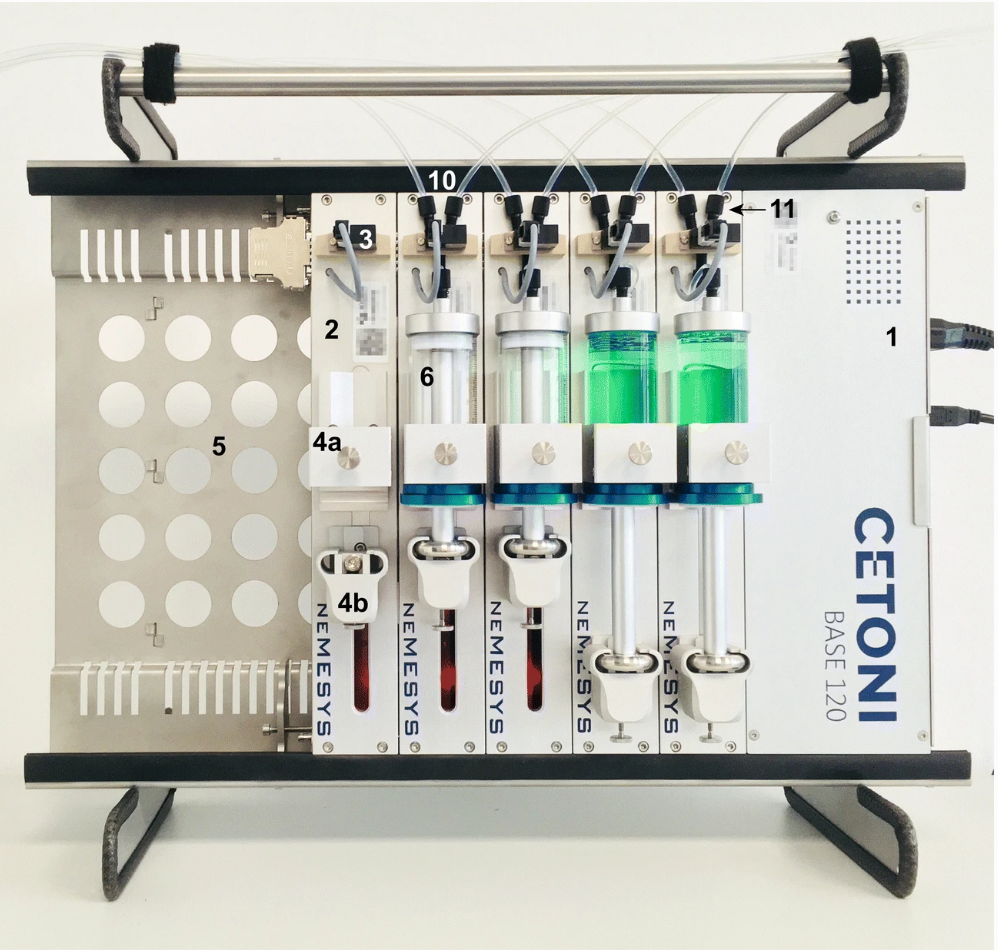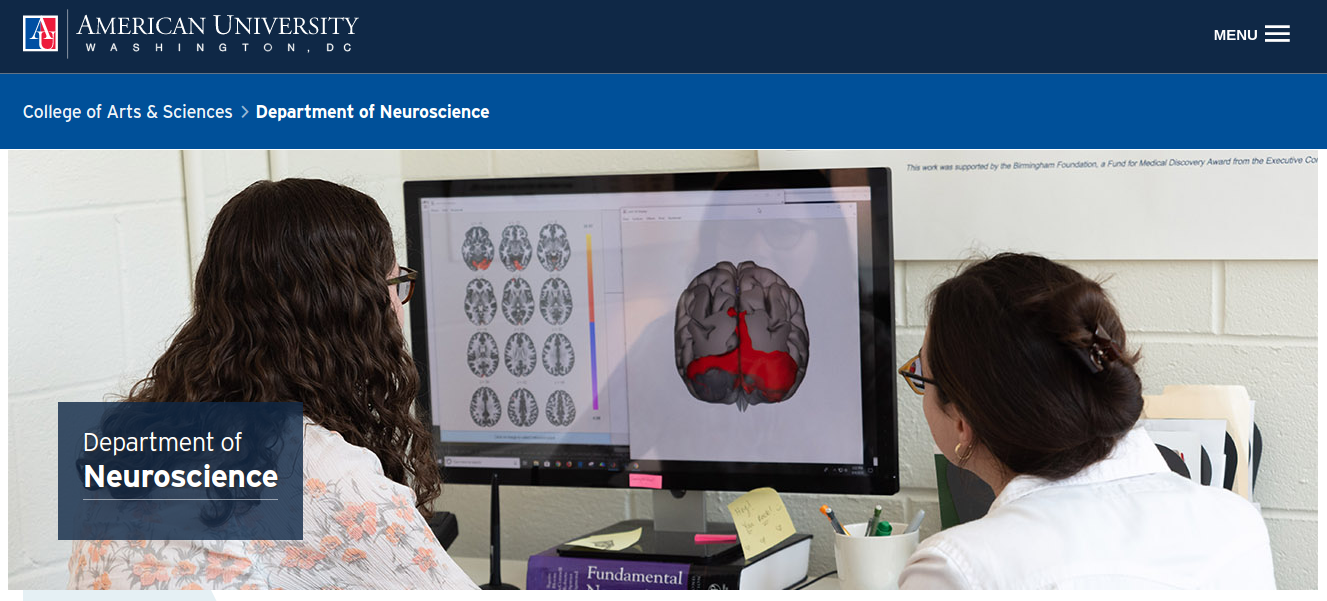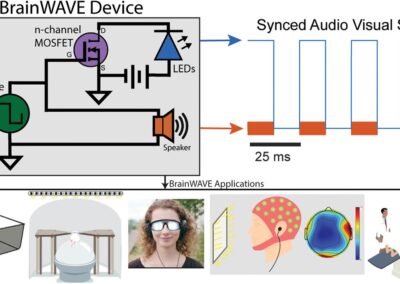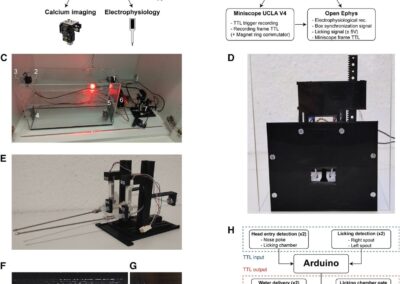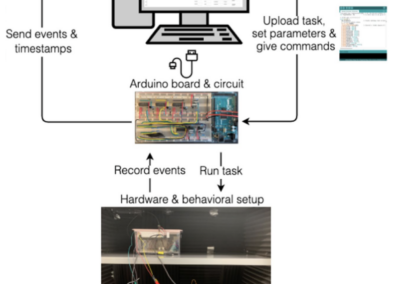Novel Gustometer for Human Taste Research
Researchers at the Division of Technology and Innovation of Denmark and the German Institute of Human Nutrition Potsdam-Rehbruecke of Germany generate a novel gustometer for the purpose of meeting the demands of taste sensory system research in humans on behavioral, electrophysiological and hemodynamic activity levels.
______________________________________________________________________________
Studies investigating taste sensory systems in humans have reached a significant barrier due to the difficulties in presenting flavors as stimuli for behavioral experimentation. In order to precisely present a stimulus, a gustometer is required; however, current devices are manual and lack the adaptability for versatile presentations of stimuli. Camilla Arndal Andersen and colleagues detail the novel gustometer which seeks to meet the demand for a temporally precise and automated device.
Made to be modular, the novel gustometer allows variability in experimental setup, where numerous participants can be given an identical stimulus for the same duration of time. The researchers developed a software packaged, pyqmix, via a programmable Python interface, allowing for the gustometer to be managed technologically instead of manually. Additionally, for investigators who may not have extensive programming knowledge, a web application, pyqmix-web, was created. Both forms of pyqmix are free of charge via the websites provided below.
While more conventional pieces of a gustometer are present in this version such as syringes, tubing and a mouthpiece, the novel device’s control software gives researchers the ability to program experimental conditions while presenting a liquid stimulus in a controlled manner. The gustometer allows for automated lateralized behavioral testing with highly precise temporal onset and delays of stimuli, while the Open-Source code allows for investigators to easily alter experimental variables to enhance versatility of their research. Along with providing great flexibility and computer programmed automation, the device is relatively low cost compared to current models.
This research tool was created by your colleagues. Please acknowledge the Principal Investigator, cite the article in which the tool was described, and include an RRID in the Materials and Methods of your future publications. RRID:SCR_021495
Read the publication!
Read more about this project in the Behavior Research Methods publication!
Read the Documentation
Get access to the code and hardware list from the GitHub repository for this project.
Thanks Kyra!
This project summary is a part of the collection from neuroscience undergraduate students in the Computational Methods course at American University.
Check out projects similar to this!

